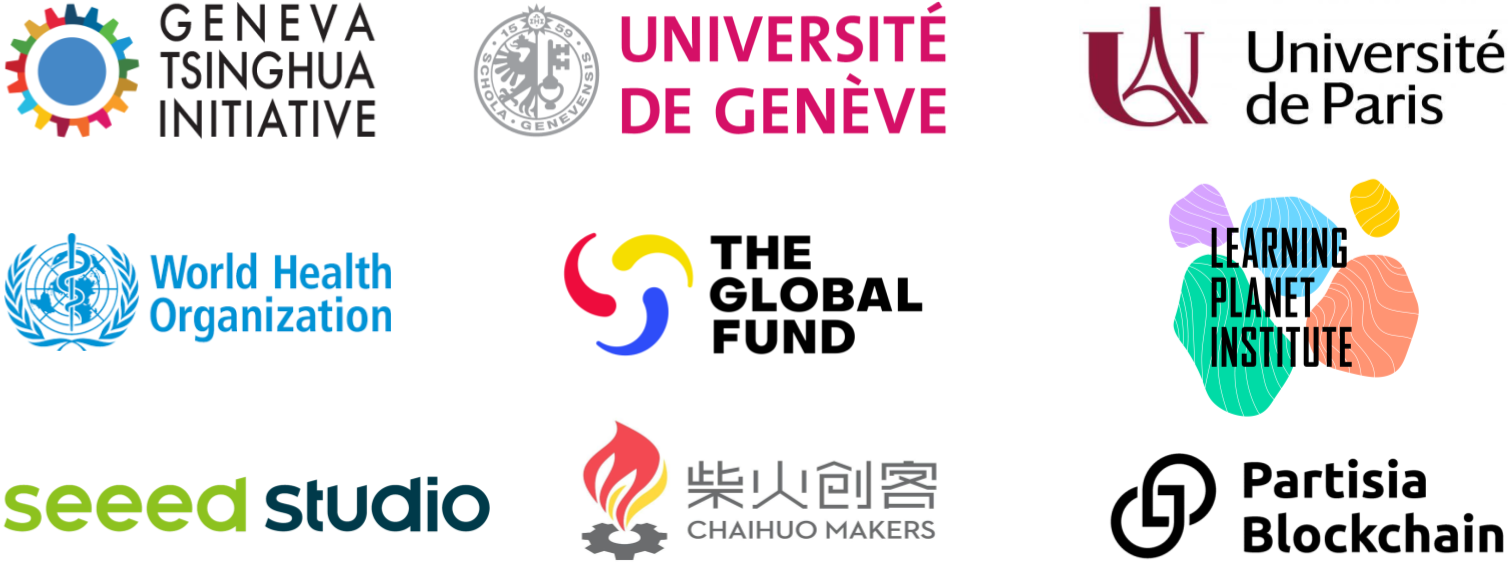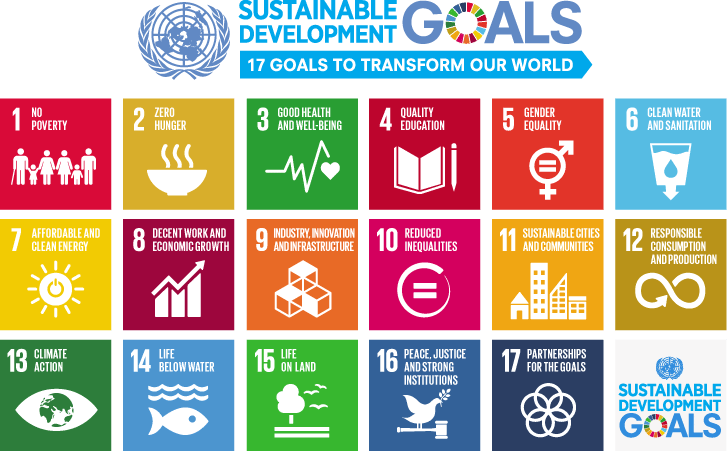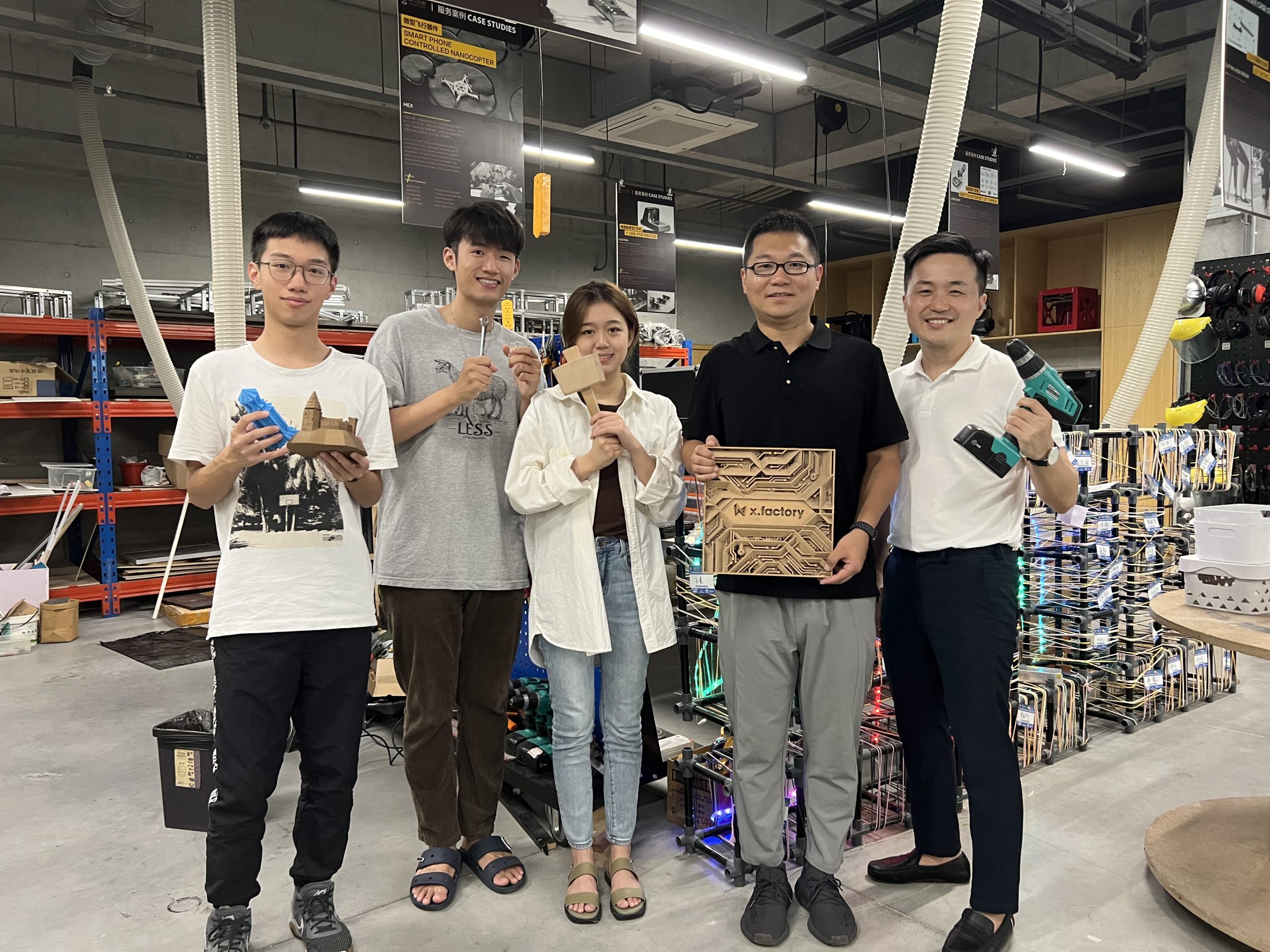SDG Summer School 2022 Wrap-up: Students’ AI Data Analytics Solution Facilitated by Seeed at Chaihuo x.factory, Supported by WHO, The Global Fund, Geneva Tsinghua Initiative, Partisia Blockchain, and More
By Ye Seong SHIN 3 years ago“SDG Summer School 2022: Open Source Health Solutions” was physically organized in Chaihuo x.factory in July, Shenzhen, China. This event was spearheaded by Geneva Tsinghua Initiative (GTI) and supported by the Global Fund, WHO, Seeed Studio, University of Geneva, Université de Paris, Learning Planet Institute, and Partisia Blockchain. As a result, participants in Shenzhen came up with an AI data analytics solution to tackle Challenge 6. By doing so, SDG Summer School 2022 seeks to contribute to the achievement of the UN’s SDGs.
Event Name: SDG Summer School 2022
Event Location: China (Shenzhen), France (Paris), Switzerland (Geneva)
Targeted Industry Type: Health
Project Partner(s):

At Seeed Studio, we’ve been supporting SDG Summer Schools for several years now, in our committed efforts to encourage today’s youth to harness their innovativeness, creativity, and technical/non-technical skills in accelerating the achievement of the UN’s Sustainable Development Goals (SDGs) (Figure 1).

Figure 1. The UN’s 17 SDGs (UN, n.d.)
Just like last year, “SDG Summer School 2022” has been held in multiple locations: Shenzhen, Paris, Geneva. By cooperating with the Geneva Tsinghua Initiative (GTI), WHO, the Global Fund, Institute of Global Health at University of Geneva, Université de Paris, Learning Planet Institute, and Partisia Blockchain, SDG Summer School 2022 was successfully held for a duration of 4 weeks – from July 4th to July 29th, 2022. As a corporate partner, Seeed Studio sponsored its maker space venue (Chaihuo x.factory) for participants in Shenzhen to undertake their teamwork physically, not to mention assisting the GTI on local coordination in the first week for smooth operation of SDG Summer School 2022 (Figure 2).
During the first week of SDG Summer School 2022, Seeed’s Sustainability and CSR Manager (Ye Seong SHIN) and Community Managers (Alison Yang & Jinhao Li) – gave a round of kick-start sessions, including introduction to the concepts and history of sustainable development and SDGs; milestones of Seeed Studio and Chaihuo x.factory; tour around Chaihuo x.factory’s facility; Seeed Studio’s SDG Projects (OpenTech4SDGs, Makers4SDGs, AIoT4SDGs); icebreaker games; watching a documentary film on sustainability; facilitating Design Thinking exercise. For your reference, check out last year’s SDG Summer School blog here, to explore what SDG Summer School is in detail.
Figure 2. SDG Summer School 2022
Ⓒ Ye Seong Shin
What’s the Challenge?
The SDG Summer School 2022 was held in a hybrid form, with teams working offline in local maker spaces, while collaborating with one another at global level online for special occasions (opening ceremony, weekly pitch-giving sessions, thematic workshops, project mentoring, and final ceremony). This year’s theme was focused on making “Open Source Health Solutions” to help address the concurrent, real-world challenges set by the Global Fund. All in all, there were 6 challenges in total (Figure 3):
Figure 3. 6 Challenges Proposed by the Global Fund
Ⓒ The Global Fund
Among these 6 challenges, Shenzhen Team focused on ‘Challenge 6: Using Social Listening Approaches to Understand the Impact of the Global Fund Activities on Raising Awareness Efforts Around HIV, TB, and Malaria’. Shenzhen Team consists of 5 talented young people from China and South Korea with various educational backgrounds and skill sets (Figure 4):

Figure 4. Shenzhen Team at Chaihuo x.factory
(From Left to Right: Jiaxi Zhang, Chen-Chun Hsia, Syuanying Lin, Xiaolei Ren, Hyungmin Lee)
Ⓒ Hyungmin Lee
- Xiaolei Ren (Shenzhen Team’s coach/facilitator): PhD student in Computer Science at University of Texas & Visiting student at Tsinghua University
- Hyungmin Lee: MA student in Electronic Information at Tsinghua University
- Chen-Chun Hsia, MA student in Data Science and Information Technology at Tsinghua University
- Syuanying Lin, MA student in Architecture at Tsinghua University
- Jiaxi Zhang, High School Student at Jiangsu Tianyi High School
What’s the Project About?
First and foremost, so as to understand Challenge 6 from in-depth and multiple perspectives, the Shenzhen Team divided the complex challenge into 3 constructive parts:
- Social listening approaches: According to them, “social listening” is a term that big data solution providers and digital marketing firms frequently use. It describes the method of identifying and examining users’ social media contents about business operations and the brand itself. By means of such identification and detection of specific wordings or terms, industrial insights can be learned for marketing intelligence and risk detection.
- Understanding the impact of the Global Fund’s activities: Shenzhen Team learned 3 specific expectations from the Global Fund with regards to the meaning and implications of the wording, ‘impact’ – through an interview mechanism:
A. Capture public contents by beneficiaries, influencers, and the media across social issues
B. Identify whether such contents are generated as a result of a specific set of awareness-raising interventions
C. Generate real-time data analytics insights for informed decision-making needed for taking programmatic actions
With these interview findings, Shenzhen Team translated them into rough technical requirements by embedding the ‘social listening’ concept: A is sourcing text language data from public posts. B is defining entities (keywords for identification) from the Global Fund’s interventions and scoring how much each post is relevant to the specific entities. C is an issue-clustering process in the form of word cloud, which commands entities to detect certain events or risks.
- Efforts on raising the public awareness of HIV, TB, and Malaria: Since many existing big data analytics is used as a digital marketing tool for commercial brands, their language model focused on general domains (ex. what keywords appear the most or the least in general; whether the post contains positive or negative contents) can be adopted in solving this challenge.
As a result of conducting R&D, hours of teamwork, and consecutive rounds of interviews and weekly feedback sessions, Shenzhen Team came up with a solution prototype for Challenge 6: “HEAR-O” – a set of unique datasets with a technique intended to help the Global Fund to jump-start their social media analysis on HIV, TB, and Malaria (Figure 5).
Figure 5. Shenzhen Team’s Open Source Health Solution Prototype ‘HEAR-O Datasets’
Ⓒ Hyungmin Lee, Jiaxi Zhang, Chen-Chun Hsia, Syuanying Lin, Xiaolei Ren
About Author
Ye Seong SHIN
Sustainability and CSR Manager at Seeed Studio
。
Jointly organize/participate in multi-stakeholder projects/platforms/events/webinars/workshops/hackathons/etc. to accelerate SDGs with local communities and open tech anywhere in the world by connecting with Ye Seong SHIN today on LinkedIn.
。
Seeed Studio is the IoT and AI solution provider for all types of traditional industries’ sustainable digitalization. Since its establishment in 2008, Seeed Studio’s technological products and customization services are used for smart agriculture, smart cities, smart environmental monitoring, smart animal farming, smart aquaculture, meteorological monitoring, STEAM education, and all types of emerging scenarios enabled by the Industry 4.0. With the company’s mission to “Empower Everyone to Achieve Their Digital Transformation Goals” (which shares similar values with SDGs’ Motto of “Leave No One Behind”), Seeed Studio is devoted to using open source technologies for accelerating SDGs with multi-stakeholders from UN agencies, academia, companies, CSOs, governments, public/private organizations, and so on. This is why, Seeed Studio also founded “Chaihuo Maker Space”, and started China’s first Maker Movement by annually organizing “Maker Faire Shenzhen”.